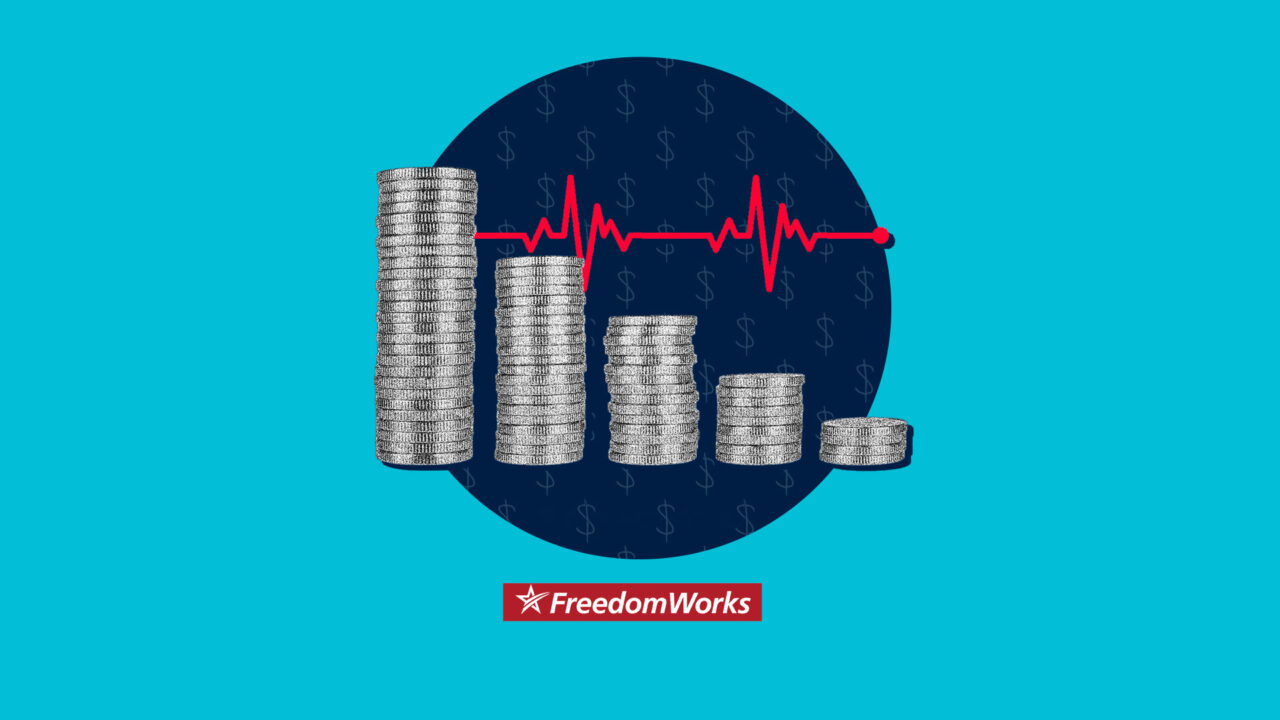Contra the ‘Monetarists,’ Central Banks Can’t Plan So-Called ‘Money Supply’

As seen in RealClearMarkets.
Steve Hanke and John Greenwood are professors at Johns Hopkins University. The highly prestigious school is based in Baltimore, and its location is mentioned simply because it’s relevant to this opinion piece. More on that in a bit.
For now, in an op-ed the duo published recently in the Wall Street Journal, Hanke and Greenwood explained the strength of the Japanese yen as a “money supply” phenomenon. They cite monetary aggregates that indicate what they deem “anemic” money growth of 2.6% from 1992 to 2020, and their view is that the previous number has been indicative of monetary tightness on the part of the Bank of Japan. While the yen has undeniably been “strong” relative to the dollar since the 1970s, history doesn’t support their analysis.
Far from a “money supply” phenomenon, the “strong” yen has been a policy choice unrelated to so-called “money supply” that is always and everywhere production determined. More on money supply in a bit.
For now, it should be pointed out that when President Nixon severed the dollar’s link to gold starting in 1971 Japan, like Germany and Switzerland, didn’t mimic our devaluation. This explains why the three countries didn’t endure “oil shocks” in the malaise decade that were wholly a currency phenomenon. Since they didn’t devalue, oil imports measured in yen, deutschemarks and francs didn’t surge in the way they did in U.S. dollars.
Fast forward to the 1980s, a soaring Japanese economy arguably aided by a more trustworthy yen began to arouse protectionist voices in the U.S. Protectionism itself is economically bankrupt, so it’s not surprising that those who believe in that which vandalizes reason also bought and buy into the view that a “weak” currency renders the devaluing nation more competitive. There is no basis for this viewpoint, but in 1985 the protectionists in the U.S. won the argument, only for the Plaza Accord to reveal its ugly self. The meeting at the famous New York City hotel resulted in a commitment from participating nations in favor of dollar devaluation. The communique went like this: “some further orderly appreciation of the main non-dollar currencies against the dollar is desirable.”
In short, the substantial rise of the yen post-Plaza had nothing to do with so-called “money supply,” and everything to do with what was a policy choice. And this choice carried through to the 1990s. It was well known then that unless Japan wanted to endure protectionist legislation from the U.S., it would keep the yen on the rise versus the dollar. Again, a policy choice. It always has been.
Bringing it back to Baltimore, it’s relevant to this piece and Greenwood/Hanke’s op-ed simply because the economically troubled city instructs. Hanke and Greenwood would have readers believe that the BOJ chose 2.6% yen growth, but they could nor can they do such a thing. Evidence supporting what’s obvious is Baltimore. Imagine if the Fed aggressively bought bonds from Baltimore banks in order to increase the supply of dollars in Baltimore. The act of doing so would be utterly meaningless.
It would be simply because economic activity in Baltimore doesn’t rate money growth. To be explicit, money in circulation explicitly reflects production. Without production, money has no use. Which is kind of basic.
Which is why any increase of dollars in Baltimore banks would exit the Charm City as quickly as it arrived. Again, money has no purpose absent production, which means a lack of production in the city would lead to a quick monetary outflow. The Fed couldn’t increase “money supply” in Baltimore on its best day.
Cities are no different than countries when it’s remembered that economies are just people. Where people are productive money is abundant, and where they aren’t, it’s scarce. Hanke and Greenwood would have readers believe that Japan’s economic actors wait for central bankers to supply money so that they can start producing, when in reality the money is a consequence of their production. If money could instigate as the economists seem to imagine, economic growth would be as easy as having a capable printing press.
More realistically, no individual, no street, no city, state or nation need ever worry about the “supply” of money. It’s where the production is, and if the BOJ really could limit yen in Japan, the act of doing so would merely instigate the inflow of “money” (including yen) from domestic and international sources of funds. Though economists imagine otherwise, the only “closed economy” is the world economy, at which point central banks are thoroughly powerless on the matter of money circulating.
So while there’s no doubting the yen’s strength versus the dollar over the decades, the notion that it’s been driven by a “tight” BOJ has no validity. Currency policy is once again a choice, and it’s one that runs counter to what Hanke and Greenwood contend.



